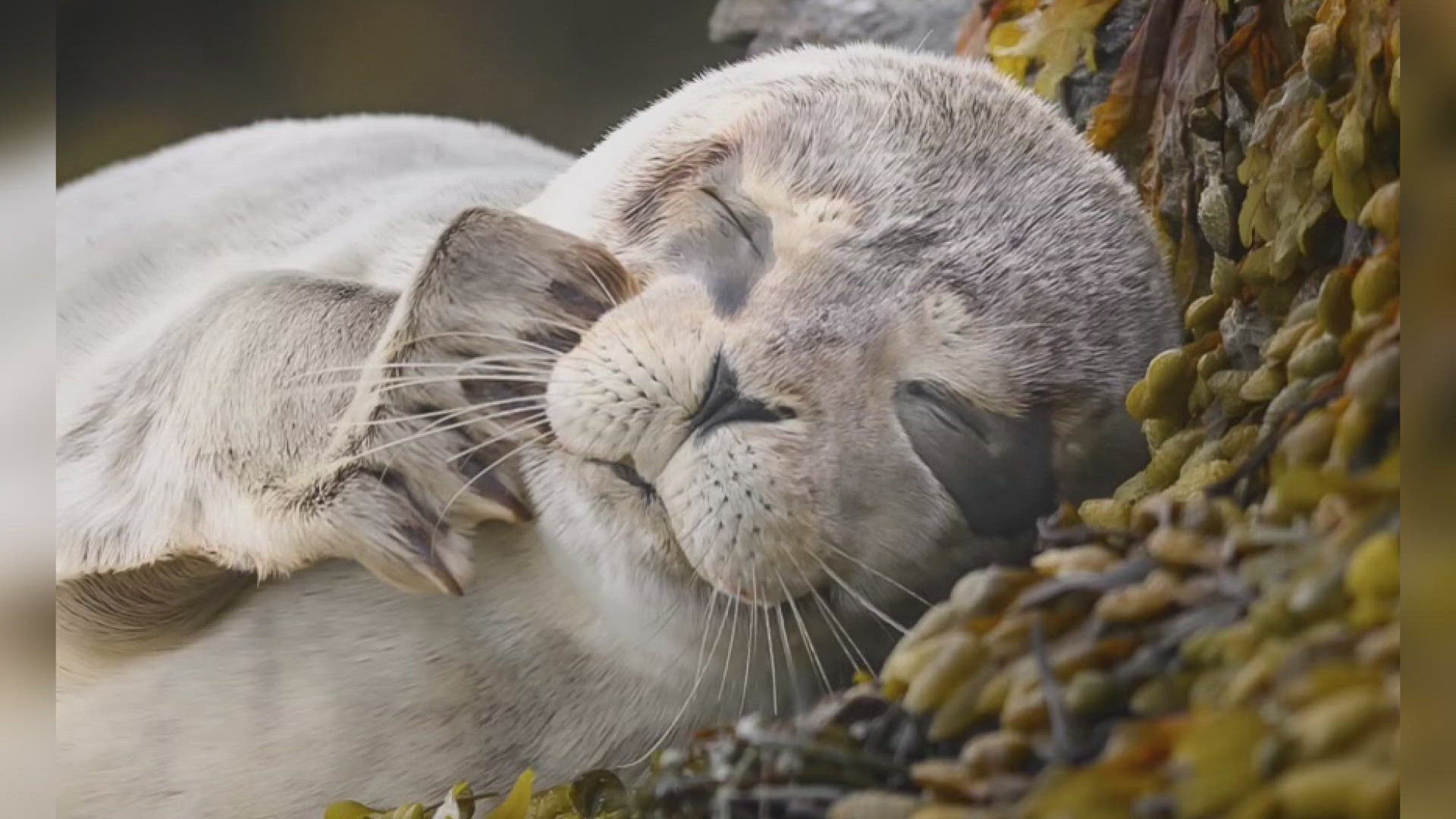LEWISTON, Maine — Chameleons can rapidly change their own color; it's a unique feature that many of us had always heard was a way to camouflage themselves. But did you know there's another motivation behind their changing body colors?
We stopped in Lewiston to talk with Mr. Drew and his Animals Too; a space filled with a variety of animals rescued from the wild, or from captivity. Mr. Drew first introduced us to Clifford, the panther chameleon; explaining that the color change doesn't represent their habitat.
“They are actually living mood rings and what they do is they change colors based on their mood," says Mr. Drew. "So if he’s angry he may be one color; if he’s happy he might be another; if he’s excited or he wants to breed he might be a different color; if he’s hot or cold... and all that would be indicative of... you can tell just by looking at their colors."
Sadly, panther chameleons have short lives, Mr. Drew tells us. They also prefer to do their own thing, and are easily stressed out; which means a panther chameleon doesn't make a good pet if you're looking for a lizard to interact with.
Our next visitor at Mr. Drew's facility was a blue-tongued skink; often found in Australia. "His colors mimic that of a venomous snake and if we look, he’s low to the ground. He’s got this long body; snake-like head; flicking tongue; everything about him says he could be a snake," says Mr. Drew. "If he’s in tall grass you’re not going to note the legs, so when he moves through the grass he kind of moves like a snake and that’s enough for animals to back off. His other defense is that blue tongue. He’ll open his mouth very wide and stick it out and make it big and flat, and that flash of color is a warning to all animals, 'Back off, I don’t taste good,' or 'I am poisonous.' Colors in the animal kingdom are a warning."
Skinks are omnivores, says Mr. Drew. As he eats a half of a banana, the skink uses his blue tongue to lick his lips. It's actually kind of cute to watch.
Mr. Drew's facility lately has been quiet, as he works to figure out how to bring children back in to visit his animals. A lot of what he does right now is online, including responding to emails about wildlife. “I start every day with insects," he jokes. "I get up in the morning I have my coffee and I go to my phone and answer questions like, 'Mr. Drew, I found this in my house what is it?' or 'It’s in my garden, is this a caterpillar that will give you a rash?' So I drink my coffee and answer these questions."
To learn more about Mr. Drew and His Animals Too, click here. Follow him on Facebook to find out where to see him in person.
RELATED: The things Rob and Amanda do for 207



